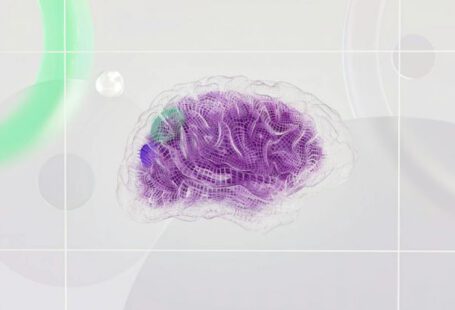In today’s fast-paced technological world, having up-to-date hardware is essential for ensuring optimal performance and efficiency. Whether you use your computer for work, gaming, or simply browsing the internet, there will come a time when you need to consider a hardware upgrade. But how do you know when it’s time to make the investment? Here are the signs that indicate you need a hardware upgrade.
**Slow Performance**
One of the most obvious signs that you need a hardware upgrade is slow performance. If your computer takes ages to boot up, applications are slow to open, or you experience frequent freezes and crashes, it’s a clear indication that your hardware is struggling to keep up with your demands. Upgrading your hardware, such as increasing the amount of RAM or switching to a faster solid-state drive (SSD), can significantly improve your computer’s speed and responsiveness.
**Outdated Components**
If your computer is more than a few years old, chances are its components are outdated. As technology advances rapidly, older hardware may not be compatible with newer software and applications, leading to compatibility issues and poor performance. Upgrading key components like the processor, graphics card, or motherboard can breathe new life into your system and ensure it can handle the latest software and games with ease.
**Insufficient Storage Space**
Running out of storage space is a common problem for many computer users, especially those who store large files like videos, photos, and games. If you find yourself constantly deleting files to free up space or relying on external storage solutions, it may be time for a hardware upgrade. Investing in a larger hard drive or SSD can provide you with the additional storage space you need to store your files without compromising on performance.
**Overheating Issues**
Overheating is a serious problem that can damage your computer’s hardware and lead to performance issues. If your computer gets excessively hot during normal use, it may be a sign that its cooling system is struggling to keep up with the demands placed on it. Upgrading your cooling system, such as installing additional fans or a more efficient heat sink, can help regulate the temperature of your computer and prevent overheating issues.
**Lagging Graphics Performance**
For gamers and graphic designers, having a powerful graphics card is essential for smooth gameplay and rendering. If you notice lagging graphics performance, screen tearing, or pixelated images, it’s a clear sign that your graphics card may need an upgrade. Investing in a newer and more powerful graphics card can enhance your visual experience and ensure you can run the latest games and software at optimal settings.
**Frequent Hardware Failures**
If you find yourself experiencing frequent hardware failures, such as a failing hard drive, malfunctioning RAM, or a faulty power supply, it’s a sign that your hardware may be reaching the end of its lifespan. Rather than constantly repairing or replacing individual components, consider upgrading your hardware to a newer and more reliable system that can better meet your needs.
**Increased Workload Demands**
As your computing needs evolve, your hardware must keep up with the increased workload demands. If you find yourself multitasking with multiple applications running simultaneously, editing high-resolution videos, or running resource-intensive software, your current hardware may struggle to keep up. Upgrading key components like the processor, RAM, or storage can help your computer handle heavier workloads more efficiently.
**Conclusion: Time for an Upgrade**
In conclusion, recognizing the signs that indicate you need a hardware upgrade is crucial for maintaining a high-performing and efficient computer system. Whether you’re experiencing slow performance, outdated components, insufficient storage space, overheating issues, lagging graphics performance, frequent hardware failures, or increased workload demands, investing in a hardware upgrade can breathe new life into your system and ensure it can meet your evolving needs. By staying proactive and keeping an eye out for these signs, you can ensure your computer remains a reliable and powerful tool for years to come.





